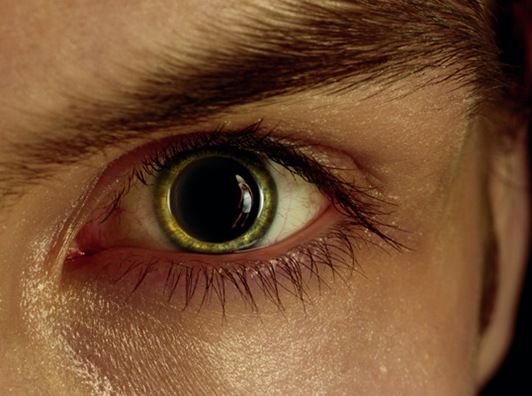New publications
Sexual orientation can be determined by the pupil.
Last reviewed: 01.07.2025

All iLive content is medically reviewed or fact checked to ensure as much factual accuracy as possible.
We have strict sourcing guidelines and only link to reputable media sites, academic research institutions and, whenever possible, medically peer reviewed studies. Note that the numbers in parentheses ([1], [2], etc.) are clickable links to these studies.
If you feel that any of our content is inaccurate, out-of-date, or otherwise questionable, please select it and press Ctrl + Enter.
The way the pupil dilates can clearly determine a person's sexual orientation, says Ritch Savin-Williams of Cornell University. Research has shown that if a person looks at erotic images and becomes aroused, the pupils dilate. Accordingly, if this happens when looking at a representative of the same sex, then the person is homosexual, writes Live Science.

In fact, pupils dilate slightly in response to anything that arouses interest, including the face of a loved one or a work of art. The dilation is an indication that the autonomic nervous system is responding.
Similar studies had been attempted before, but they had been unsuccessful. Before that, assessment was based on visible signs of arousal, which involved examining the genitals. Few people wanted to take part in such an experiment, plus the method could only record a strong response.
Pupil dilation analysis is a perfectly acceptable method. 165 men and 160 women were recruited. They included heterosexuals, bisexuals and homosexuals. The volunteers watched one-minute videos of a man or woman masturbating or simply showing a landscape.
A special camera monitored the pupils. Thus, it dilated when a homosexual man saw a video with a man, a heterosexual man - with a woman, and a bisexual man responded to both. But with women, everything turned out to be more complicated.
Homosexual women responded to images of women. But heterosexual women responded to videos of both sexes. The scientists are not sure why this pattern occurs.

 [
[